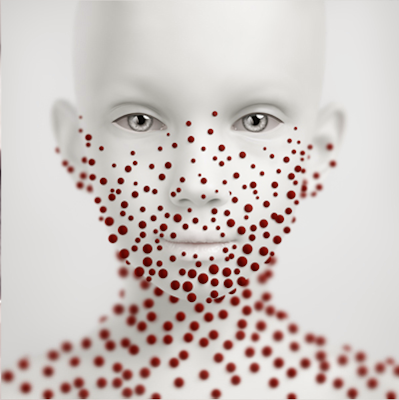

A great use of digital photography. Definitely take a look at his stuff HERE.


 In our Special Topics Photography class, we created traditional cyanotypes. This is a non-silver technique dating back to Sir John Herschel in 1842 in which the image is exposed to UV light to create the final photograph. Some are straight prints, while others are toned to varying degrees. As with some of our previous projects, we shot digitally and then printed digital negatives for contact printing. I think the results speak for themselves.
In our Special Topics Photography class, we created traditional cyanotypes. This is a non-silver technique dating back to Sir John Herschel in 1842 in which the image is exposed to UV light to create the final photograph. Some are straight prints, while others are toned to varying degrees. As with some of our previous projects, we shot digitally and then printed digital negatives for contact printing. I think the results speak for themselves. The mordançage project always yields beautiful and bizarre results. This unusual darkroom process can be eye-opening, exciting, brilliant, and sometimes downright frustrating.
The mordançage project always yields beautiful and bizarre results. This unusual darkroom process can be eye-opening, exciting, brilliant, and sometimes downright frustrating. I enjoyed this project on multiple levels. In our special topics photo class, we explored the idea of the psychological self-portrait and printed in traditional b&w, silver gelatin prints. The portraits turned out beautifully, with a wide variety of approaches and personal styles. And technically, we made contact prints from digitally enlarged negatives, printed on the Epson R1800. This allowed for digital shooting and editing with a traditional print. The results were outstanding.
I enjoyed this project on multiple levels. In our special topics photo class, we explored the idea of the psychological self-portrait and printed in traditional b&w, silver gelatin prints. The portraits turned out beautifully, with a wide variety of approaches and personal styles. And technically, we made contact prints from digitally enlarged negatives, printed on the Epson R1800. This allowed for digital shooting and editing with a traditional print. The results were outstanding.